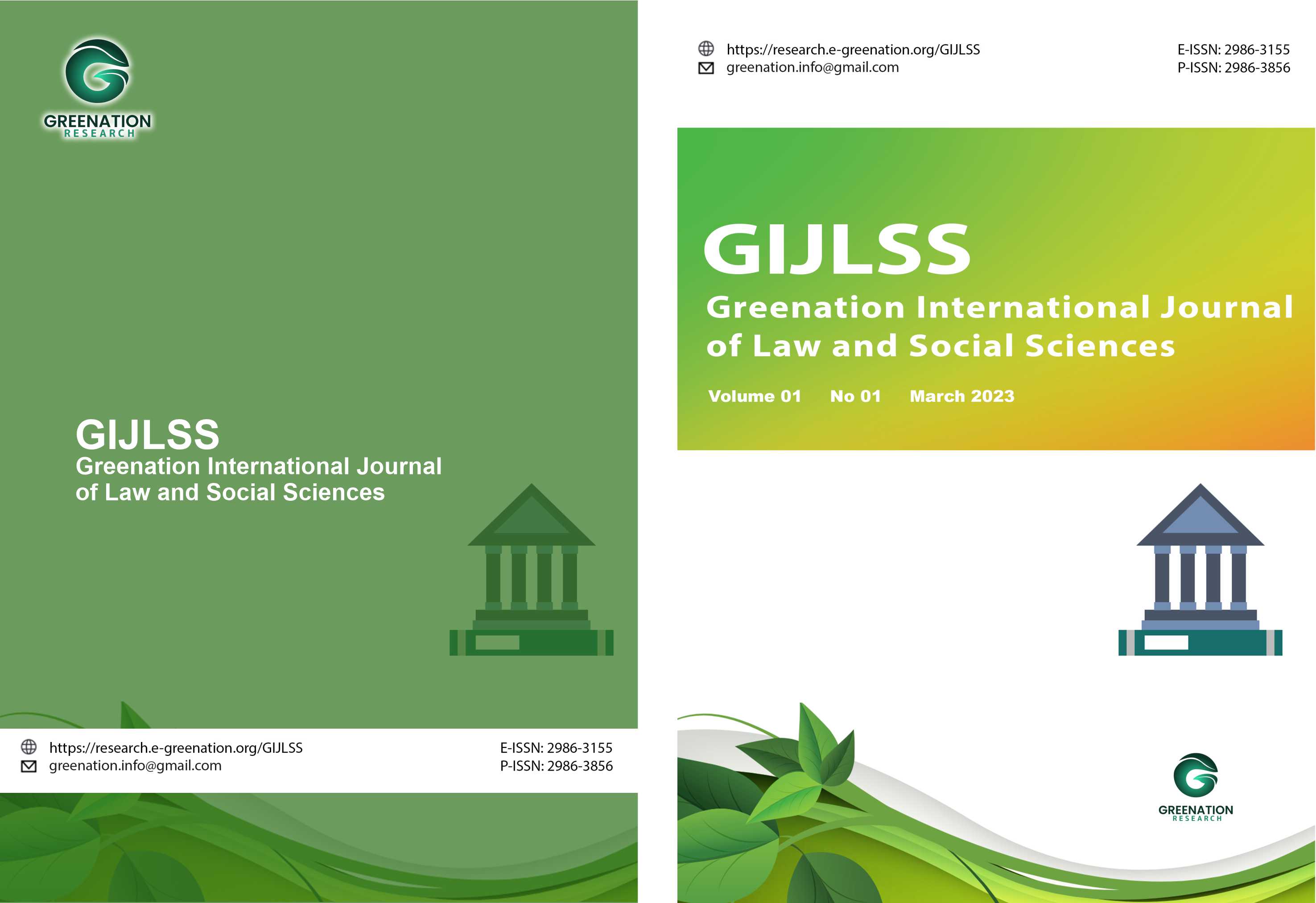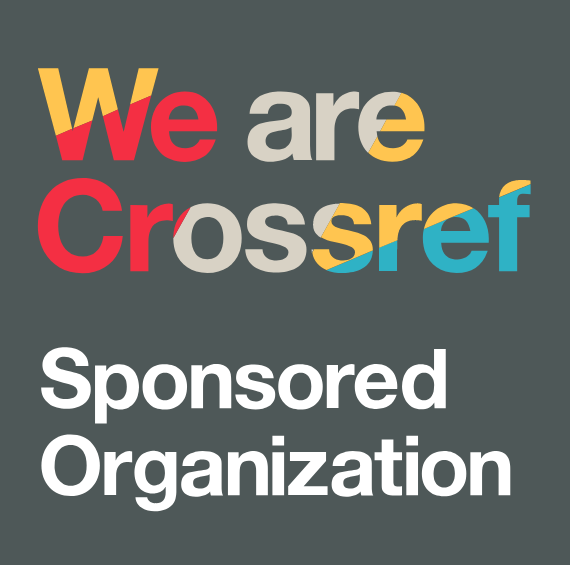Reconstruction of the Piercing the Corporate Veil Concept from a Restorative Justice Perspective on the Environmental Impact of Monopolistic Practices
DOI:
https://doi.org/10.38035/gijlss.v3i3.601Keywords:
Piercing The Corporate Veil, Restorative Justice, Environmental Impact, Monopolistic Practices, Corporate AccountabilityAbstract
Business monopoly practices often cause significant environmental impacts, while multi-layered corporate structures are exploited to avoid legal liability. The doctrine of piercing the corporate veil allows for the breach of the legal personality of a company, allowing shareholders, directors, or controllers to be held personally liable. This study examines the reconstruction of this concept from a restorative justice perspective to ensure environmental restoration and compensation for affected communities. A juridical normative approach is used through an analysis of laws and regulations, legal doctrine, and court decisions, including Law No. 40 of 2007 concerning Limited Liability Companies, Law No. 32 of 2009 concerning Environmental Protection and Management, and Law No. 5 of 1999 concerning the Prohibition of Monopolistic Practices, along with restorative justice guidelines. The study results show that this doctrine effectively penetrates legal entity protection when corporations are used to shift responsibility for environmental damage, while the integration of restorative justice principles broadens the focus from mere criminalization to ecosystem restoration, socio-economic recovery of victims, and prevention of recurrence of violations. This study recommends strengthening regulations with clear veil-piercing criteria in environmental and monopoly cases, restorative-based compensation mechanisms, and collaboration between law enforcement agencies and the community, so that a balance between legal certainty, environmental protection, and a sense of justice for victims can be achieved.
References
Assah, C. R. (2023). Tinjauan Hukum Tentang Tanggung Jawab Sosial dan Lingkungan Perseroan Terbatas Terhadap Pembangunan Ekonomi Berkelanjutan. Lex Privatum, 11(5).
Budiman, A. P. (2020). Tinjauan Yuridis Tentang Tanggung Jawab Sosial dan Lingkungan oleh Perseroan Terbatas. Notarius, 13(1), 12–21.
Dewi, P. M. (2025). Hukum Perusahaan dan Bentuk-Bentuk Badan Usaha. Dalam Hukum Bisnis: Teori, Regulasi, dan Praktik di Indonesia. Padang: CV Gita Lentera.
Dewi, S. (2018). Mengenal Doktrin dan Prinsip Piercing the Corporate Veil dalam Hukum Perusahaan. Soumatera Law Review, 1(2), 380–399.
Hermanto, A. Y. (2021). Dampak Akses terhadap Sumber Daya Alam pada Kemiskinan dan Ketahanan Pangan. Sosio Informa, 7(2).
Imron, M. (2024). Tinjauan Normatif Posisi Dominan dalam Undang-Undang Nomor 5 Tahun 1999 tentang Larangan Praktek Monopoli dan Persaingan Usaha Tidak Sehat pada Studi Putusan Perkara: 03/KPPU-L/2020. Jurnal Cakrawala Ilmiah, 3(5), 1413–1426.
Larassati, A. F. (2024). Efek Pasar Monopoli pada Perekonomian Indonesia: Manfaat atau Kerugian? Journal of Sharia Economics Scholar (JoSES), 2(3), 26–35.
Lumbantoruan, J., & Marbun, R. C. (2025). Tanggung Jawab Etis dalam Pengambilan Keputusan di Era Kapitalisme Global. Jurnal Pendidikan Sosial dan Humaniora, 4(1), 2184–2200.
Maduwu, A. K. (2024). Efek Pasar Monopoli pada Ekonomi Indonesia: Peluang dan Dampaknya. Jurnal Mahkota Bisnis (Makbis), 3(2), 54–61.
Nianzah, R. P., Maryano, M., & Widodo, G. H. T. (2024). Tanggung Jawab Direksi terhadap Pemegang Saham atas Pelanggaran Prinsip Keterbukaan Informasi di Pasar Modal. Sentri: Jurnal Riset Ilmiah, 3(2), 667–676.
Nurjanah, S., & Antony, A. (2017). Kajian Hukum Perdata tentang Pertanggungjawaban Perseroan Terbatas sebagai Subyek Hukum. Journal of Judicial Review, 17(1), 126–146.
Putri, A. A. (2025). Praktik Oligarki pada Pertambangan Nikel dan Dampaknya terhadap Masyarakat (Studi Kasus: Suku Sawai Halmahera). Jurnal Niara, 18(1), 258–264.
Ramadhan, L. P. (2025). Analisis Deforestasi dan Degradasi terhadap Lingkungan Hidup. Beleid, 3(1), 91–109.
Rissy, Y. Y. (2019). Doktrin Piercing the Corporate Veil: Ketentuan dan Penerapannya di Inggris, Australia, dan Indonesia. Refleksi Hukum: Jurnal Ilmu Hukum, 4(1), 1–20.
Sugandi, D. T. (2024). Perbandingan Doktrin the Piercing of Corporate Veil di Berbagai Negara (Indonesia, Perancis, dan Jerman). Unes Journal of Swara Justisia, 8(3), 581–598.
Supriyatin, U., & Herlina, N. (2020). Tanggung Jawab Perdata Perseroan Terbatas (PT) sebagai Badan Hukum. Jurnal Ilmiah Galuh Justisi, 8(1), 127–144.
Siregar, S. A. (2023). Tanggung Jawab Terbatas Pemegang Saham atas Pailitnya Perseroan Terbatas. Birokrasi: Jurnal Ilmu Hukum dan Tata Negara, 1(4), 332–341.
Yonanda, R. Z. (2023). Status Badan Hukum Perseroan Perorangan Ditinjau dari Hukum Perusahaan Indonesia. Lareh Law Review, 1(1), 1–16.
Yanuarsih, M. (2024). Tanggung Jawab Pengendali dalam Kegagalan Pembayaran Kewajiban Perusahaan Asuransi kepada Pemegang Polis akibat Pengelolaan Investasi yang Tidak Dilaksanakan Berdasarkan Prinsip Kehati-hatian. Jurnal Manajemen Pendidikan dan Ilmu Sosial (JMPIS), 5(6).
Yogie, M. Y. A., & Akuntari, N. I. (2025). Pendekatan Restoratif sebagai Alternatif Pemidanaan dalam Sistem Peradilan Pidana Indonesia. Lex Stricta: Jurnal Ilmu Hukum, 4(1), 69–80.
Downloads
Published
How to Cite
Issue
Section
License
Copyright (c) 2025 Tri Andika Syam, Faisal Santiago

This work is licensed under a Creative Commons Attribution 4.0 International License.
Copyright :
Authors who publish their manuscripts in this journal agree to the following conditions:
- Copyright in each article belongs to the author.
- The author acknowledges that the Greenation International Journal of Law and Social Sciences (GIJLSS) has the right to be the first to publish under a Creative Commons Attribution 4.0 International license (Attribution 4.0 International CC BY 4.0).
- Authors can submit articles separately, arrange the non-exclusive distribution of manuscripts that have been published in this journal to other versions (for example, sent to the author's institutional repository, publication in a book, etc.), by acknowledging that the manuscript has been published for the first time at GIJLSS.
























